And if you want to get the most out of solar panels, it is quite important to get the right type of solar inverters. But because of the various solar inverter available out there, choosing the right one can be a bit difficult. To help you in picking up the right one, we are here with some of the best types of solar inverters. You can simply go through this guide till the end to pick the right type of solar inverter for you.
Types of Solar Inverters
Even though the primary function of a solar inverter is to charge batteries using your solar panels, all of them have different features. You can also find different function modes in different solar inverters, making them ideal for different use case scenarios. Hence, the various solar inverters listed here have all their details properly explained. You can simply go through the following types of solar inverters one by one to learn their differences and pick the right one for you:
String Inverters
String inverters are the most common types of solar inverters that you will come across while buying one for your solar panels. As per the name, this type of solar inverter requires you to connect your solar panels in a string or in an array. It then converts the direct current offered by the solar panels into alternating current to be used by the various appliances in your home. In comparison to other types of solar inverters, string inverters are fairly affordable. Although, if one of your solar panels is under shade and offering a lower power output, a string inverter will affect the rest of the solar panels in the string, which can be an issue for some users.
Microinverters
Just as you can guess by the name, microinverters are among the smallest solar inverters that you can find out there. Instead of using a single inverter with all of your solar panels, a microinverter is designed to be installed with each one of your solar panels. While microinverters used to be a bit expensive, their prices have fallen in recent years, making them viable for many. A great benefit of using micro inverters is that you can check the power output of each solar panel quite easily. Since all of your solar panels are completely independent, having shade on one of them will not affect the others. However, the installation of microinverters can be a bit complicated since all of your solar panels are to be connected separately.
Hybrid Solar Inverters
There is a very high chance that if you are going with a solar panel installation, you would also want grid power with it. This is where a hybrid solar inverter comes into play. Such an inverter can get power from your solar panels as well as the grid power for charging the batteries. If your batteries run out of power obtained from the solar panels, a hybrid solar inverter will automatically switch to the grid power. This switching is done with a technique called DC coupling which is highly versatile.
Central Inverter
A central inverter is quite similar to a string inverter in many ways but is generally much larger in size and load capacity. If you are looking for a solar inverter designed for larger buildings and not smaller homes, then a central inverter is most likely for you. Similar to a string inverter, central inverters require you to connect the solar panels in a row or in a string. But it can connect multiple of these strings so that you can have a large number of solar panels offering high power output. While you do get better efficiency from central inverters, they are quite large and produce a lot of noise, making them nonoptimal for home-usage.
Battery Based Inverter/Charger
Battery-based inverters or battery solar inverters are bidirectional in terms of their functionality. This is due to the reason that these combine a battery inverter and a battery charger in a single unit. Because of this, they can automatically switch between grid power and battery power as required. A battery-based inverter can convert DC into AC as well as AC into DC power, making them highly versatile.
Power Optimizer
If you do not want to go for multiple microinverters but still want the benefits offered by it, then a power optimizer can be a great option. Even if there is any shade on any of your solar panels, the overall power output will not be affected much while using power optimizers. You can also monitor the power output of each solar panel if you are using a power optimizer. Since these do not convert DC into AC and send the current to the string inverter, the overall efficiency of a power optimizer is pretty high.
Conclusion
After checking all these various types of solar inverters and their details, you must have a pretty good idea about their general functioning as well as the features that they offer. When it comes to choosing the right type of solar inverter, it all depends on your use case scenarios. Those of you who are looking for a solar inverter made for home usage should most likely go with a string inverter because of its low prices. On the other hand, a central inverter is great for heavier loads and industrial usage. Hybrid inverters can also be a great option if you want to rely on both solar panels as well as the grid power. If you have gone through all these different types of solar inverters, make sure to share your thoughts in the comments section. You can also post any questions down there if you have any! Comment * Name * Email * Website
Δ



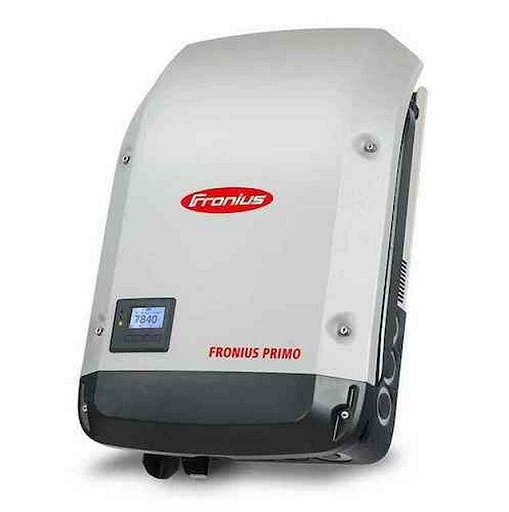
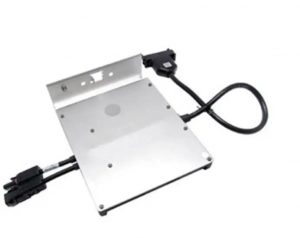
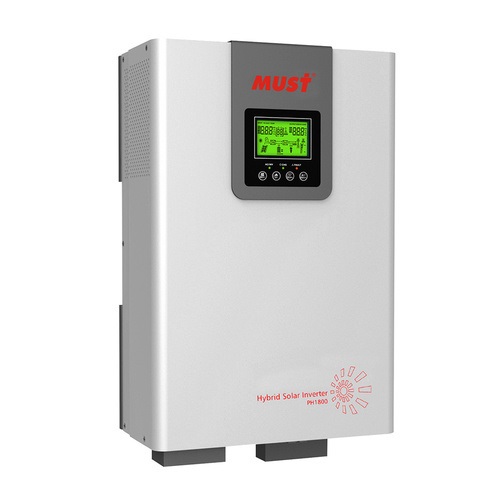
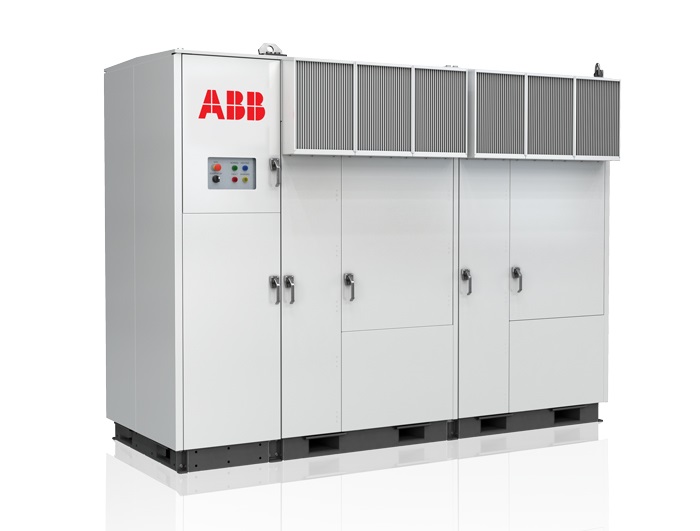

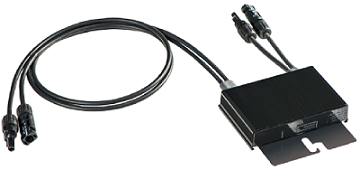


![]()